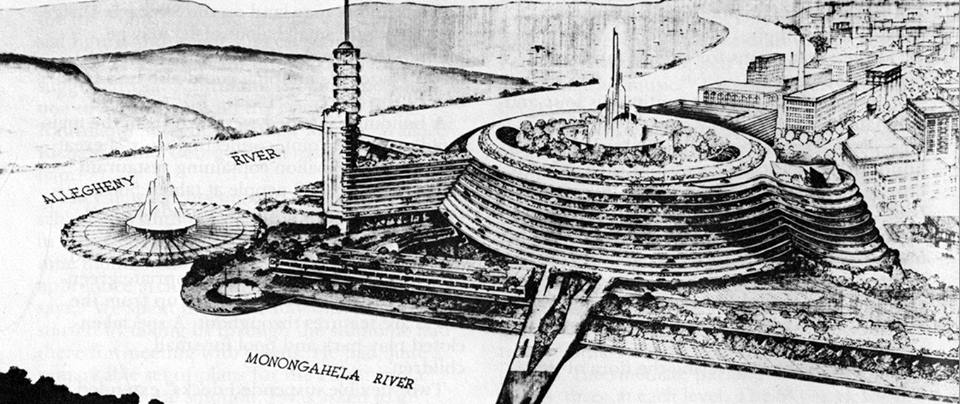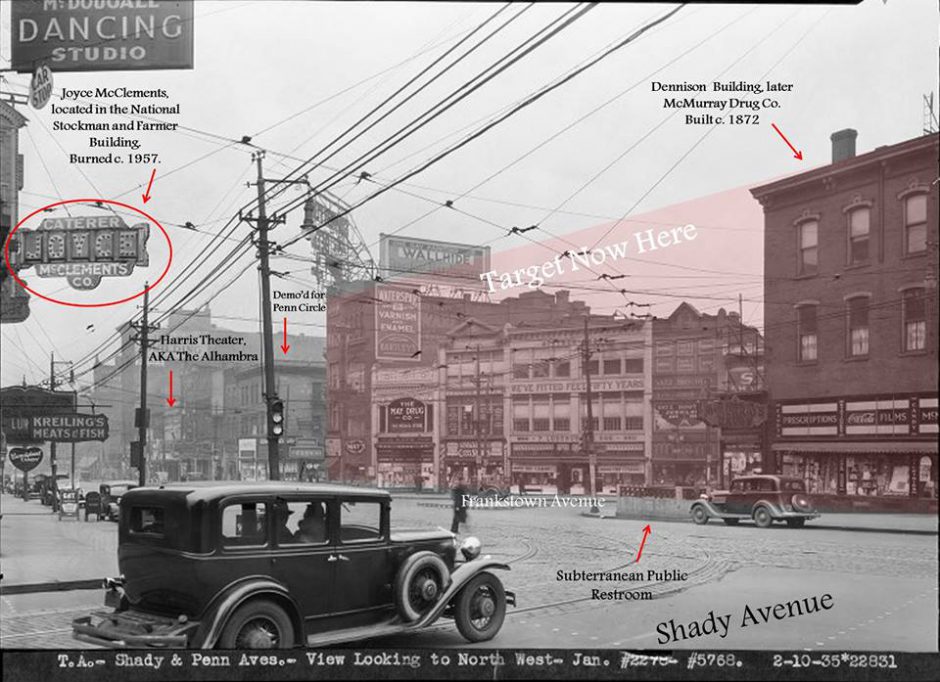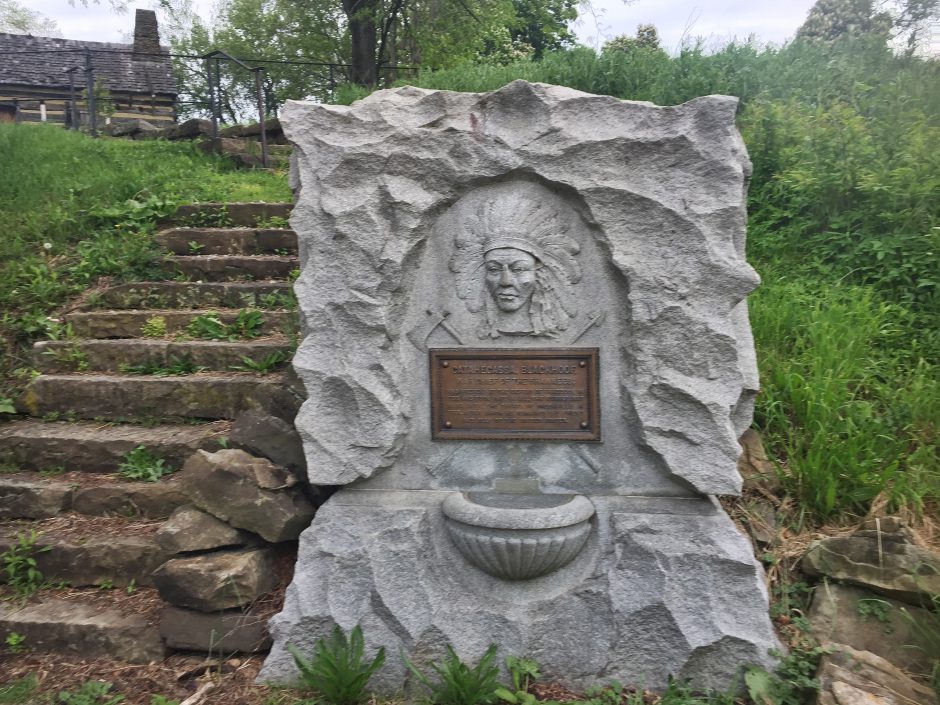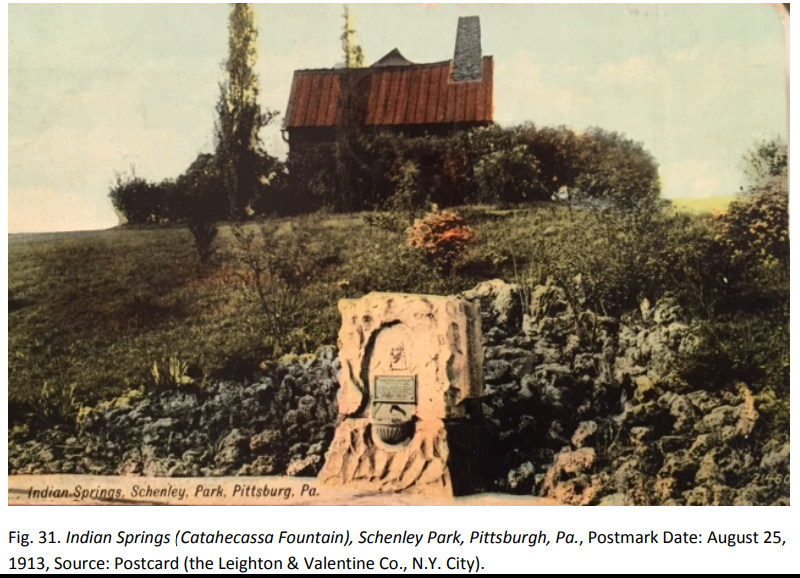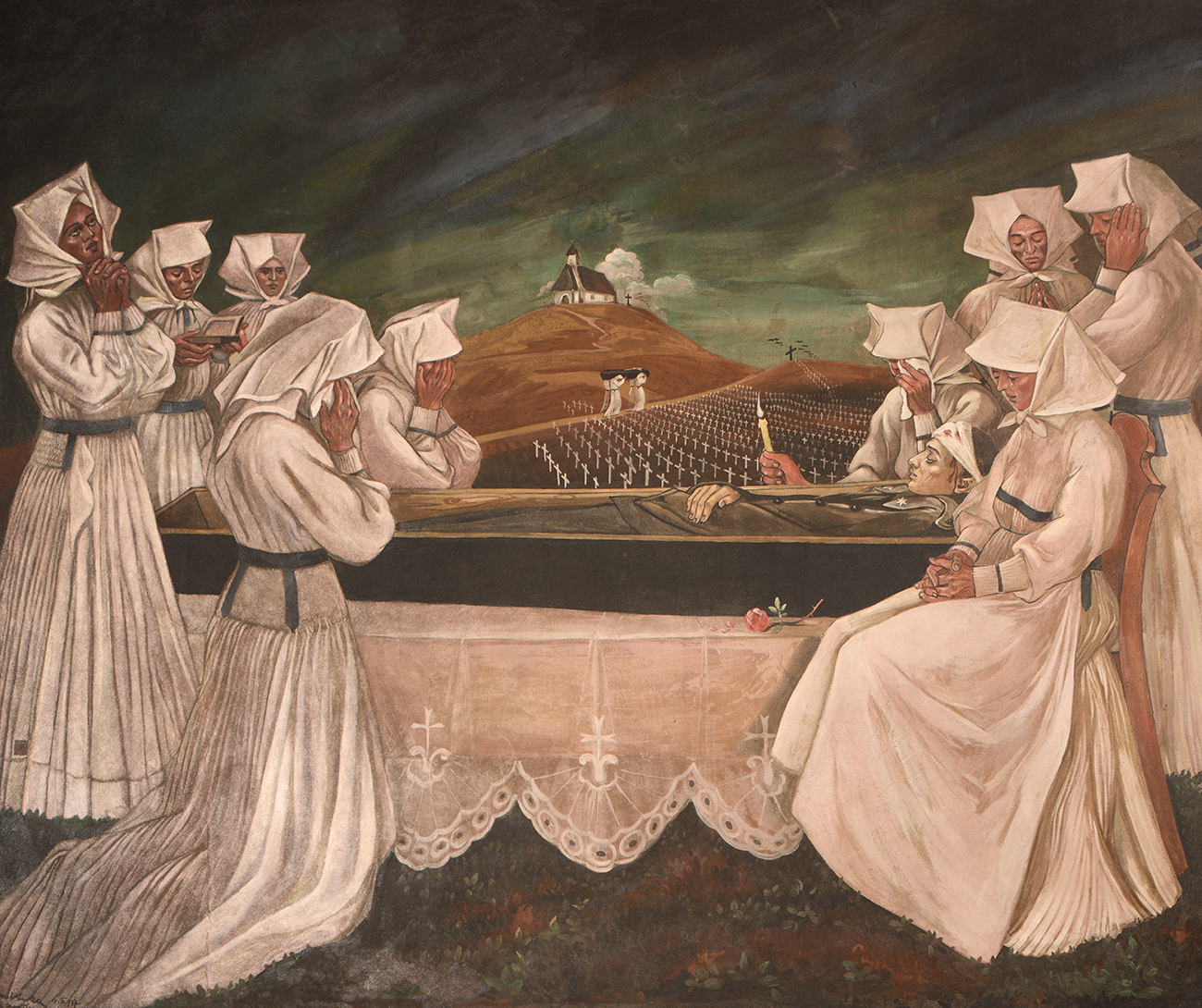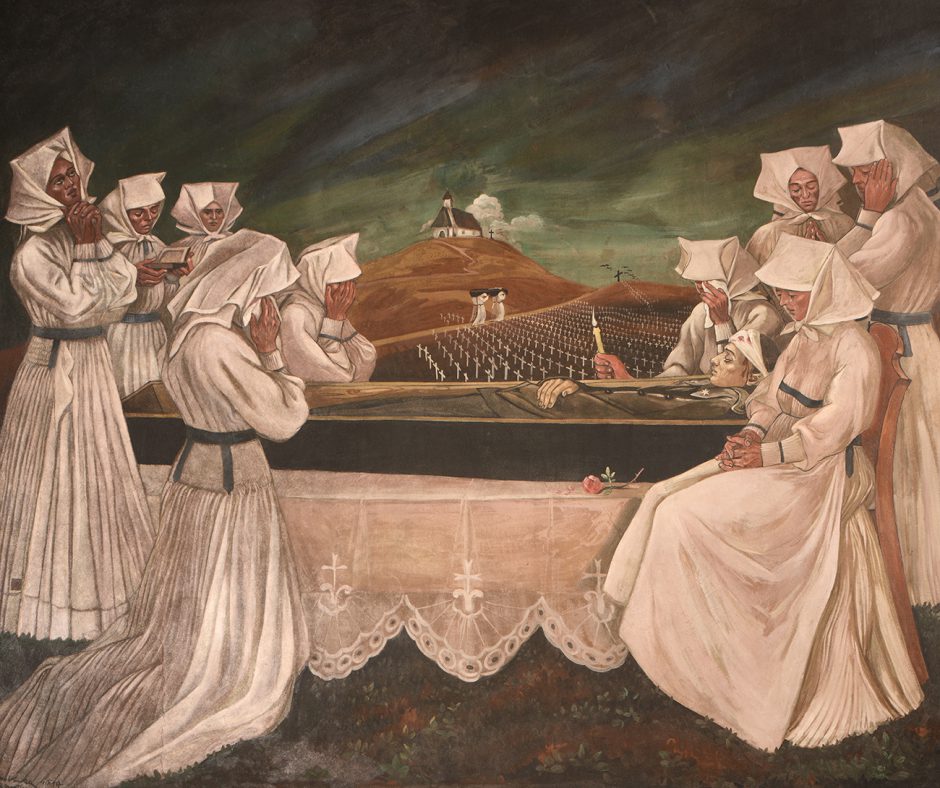When I started this preservation month project of writing about a different historic Pittsburgh place every day in May, I thought it would be a fun way to share a little bit more about some of the places I have always known in Pittsburgh and to learn more about the history of theses places. Three weeks into preservation month, I have been amazed at the number of new places and local history that I have learned and the willingness of Pittsburghers to share more information.
Today’s post come from The Odd, Mysterious & Fascinating History of Pittsburgh Facebook page. Pittsburgh history lover and fact finder John Schalcosky has been researching and sharing historic Pittsburgh information on Facebook since 2014. Learn more about this fascinating Facebook page of local facts and how John started the site on Episode #31 of the Marta on the Move podcast.
I reached out to John about preservation month and he suggested I take a look at some of the Facebook photo albums that he has put together. I thought I knew about all of the Frank Lloyd Wright buildings in and around Pittsburgh but I had no idea that he had designed a civic center for the point.

In the 1940s the Allegheny Conference on Community Development set out to rethink the land use of the point, the area that we now call Point State Park. Edgar J. Kaufmann, owner of the Kaufmann department store, was on the board of the Allegheny Conference on Community Development commissioned Frank Lloyd Write to create a design for a civic center at the point.
From the The Odd, Mysterious & Fascinating History of Pittsburgh Facebook Album on Frank Lloyd Wrights design:
Imagine instead of The Point’s Water Fountain, this incredible building was built in its place! Frank Llyod Wright designed this circular building with it being more than 1,000 feet in diameter and 175 feet tall containing an opera house, sports arena, three movie theaters, and a convention hall all wrapped by a spiraling strip of road. During the course ofWW2, federal and local authorities established three goals for the site: “the creation of a park commemorating the site’s history, improved traffic circulation through the construction of new roads and bridges, and designation of a portion of the site for new office buildings, intended to stimulate private interest in the Golden Triangle”.
Read more about this design and see the other photos of Wright’s design on The Odd, Mysterious & Fascinating History of Pittsburgh Facebook page.
Read more about Frank Lloyd Wright’s Design for a Pittsburgh Civic Center
- “Frank Lloyd Wright’s ‘Burgh Snubs,” Pittsburgh Magazine, March 19, 2015 – Rick Sebak shares some quotes on what the architect thought of Pittsburgh’s response to his design.
- “What might have been,” Tribune Review, September 15, 2015 – John Conti writes about Frank Lloyd Wright’s design for the point.
- “The architect and the merchant,” Pittsburgh Post-Gazette, April 11, 1999
- Point Park Civic Center Wikipedia page
- Get to the Point!, Pitt University Library System exhibit on photos of and conceptual designs for the point.
More Historic Pittsburgh Buildings
You might be interested in some of these Pittsburgh buildings…
Have a building you would like to learn more about? Let us know by leaving a comment below.
